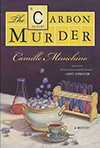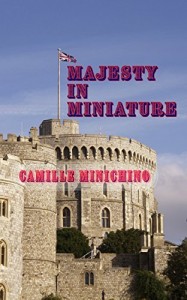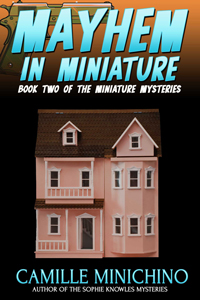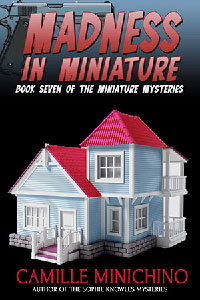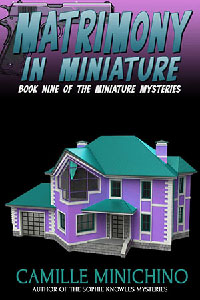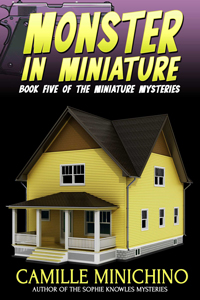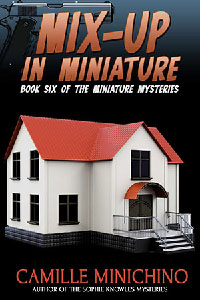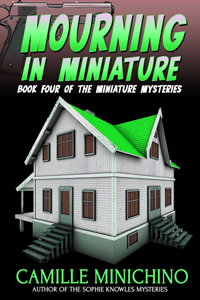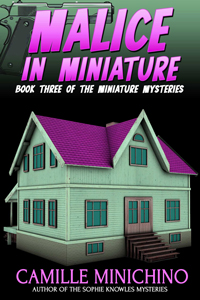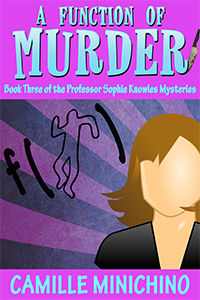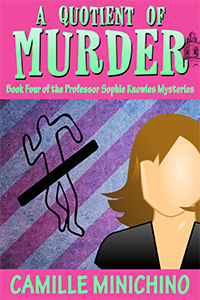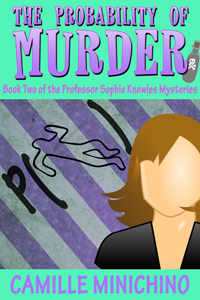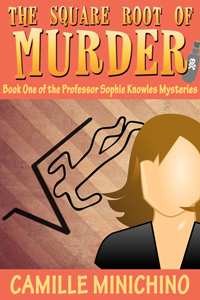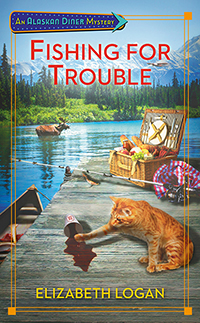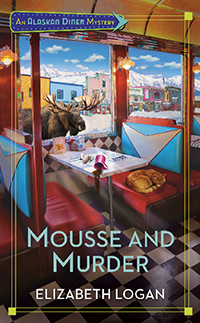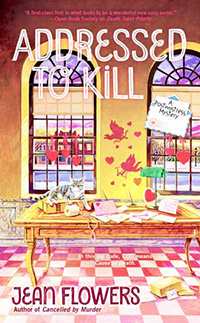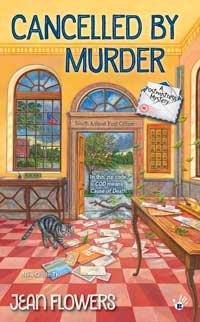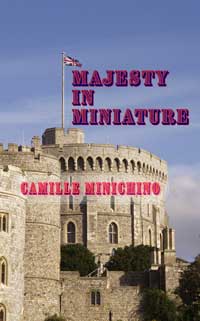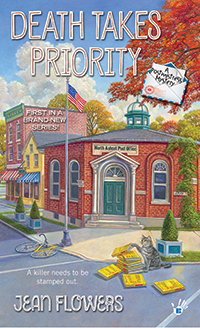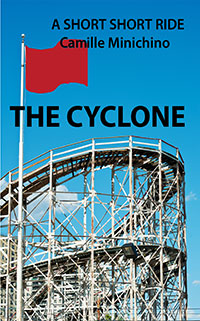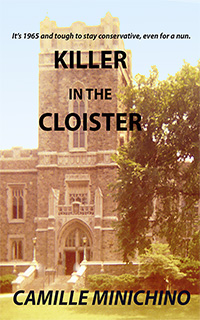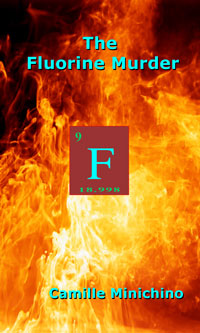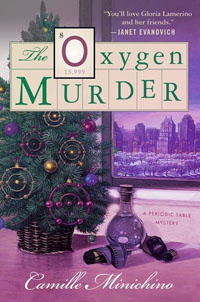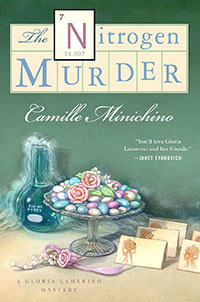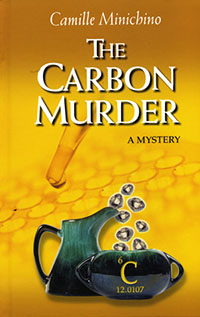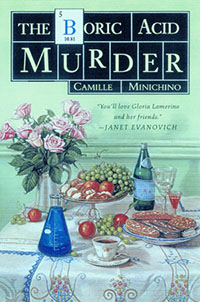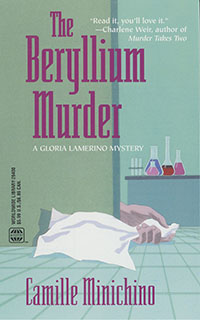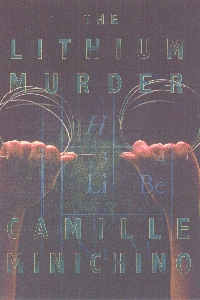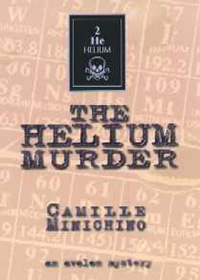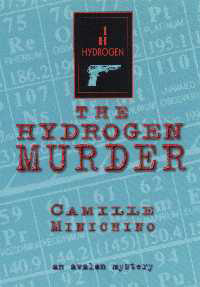Last week you saw my Worst — a limerick about a typewriter, or was it a typist? So, what was the best thing I’ve ever written?
If “best” equals “memorable,” then I have to admit I wrote my best scene in the last century. At conferences, I still meet people—readers, writers, even authors with far more star power than I’ll ever have—who tell me how compelling that scene was.
My guess is that it’s because The Scene was a thinly disguised true story.

The True Story
I was strolling through Walnut Square in Berkeley, California, a multilevel shopping structure. To access the restrooms, one had to start at street level and climb an outdoor flight of stairs to a mid-level, half-indoor, half-outdoor facility. Some time in mid-afternoon, I made my way up the steps, and entered the women’s area, on the left.
The short version of the rest of the story: I was flashed.
The long version became a scene in my next novel, THE BERYLLIUM MURDER, detailing my panic, my response, my eventual escape.
The Scene
Here’s the scene in its entirety.
<><><>
It might have been Rita’s extra-fit body that inspired me—when I left her, I had a rare desire for physical exercise and decided to walk to Elaine’s. Invigorated by the weather of a typical Berkeley morning—still a bit of fog, cool, and breezy—I went at a good clip and approached Walnut Square just before ten o’clock. I looked up at the brown wood multi-level structure with about a dozen shops and restaurants, and realized it offered a painless way to pick up a few souvenirs for Matt and the Galiganis.
It also offered a restroom, which I would need if I weren’t going straight home. I remembered exactly where it was, up a flight of stairs on the Walnut Street side, behind one of the coffee shops.
I walked up the old wooden steps to the public facilities. Just as I’d left them, I noted—unheated, cracked cement floor, ill-fitting door to the outside—more like an outhouse, but adequate for the purpose.
Soon after I’d locked myself into the center of three empty stalls, I heard someone enter the area. The person walked to my door and stood there. I couldn’t tell from the heavy, black athletic shoes whether a male or female was facing me on the other side. I detected a faint, sweet scent that might have been perfume, but I couldn’t be sure the aroma hadn’t already been there, as part of the mix of smells in the room. What I did know was that he/she was not waiting for a stall since there was an empty one on either side of me.
I sat there, all bodily functions suspended, my heart pounding in my chest. The shoes didn’t move. I could hear no breathing but my own, louder than a vacuum pump.
It’s broad daylight, I told myself, and there are shops opening all around me. If this were an attacker, why wouldn’t he break through the flimsy lock on the door. Or shoot through it. Or throw a bomb over the top. Why just stand there?
I shuffled my feet on the floor and rattled the toilet paper holder, as if to tell my would-be assailant I was going about my business unaware of his presence. I knew I couldn’t yell loudly enough for a shopkeeper to hear me, and the street traffic was a whole story below me. I didn’t want to alert my stalker that I was aware of the threat with a useless scream. I swallowed hard and thought, but my head seemed empty except for the echo of my heartbeat.
I reached into my purse for a weapon of some kind, opting not to go down easily. I wished I’d been in the habit of taking care of my nails—at least I’d have a file in my purse if I did. The half-eaten roll of peppermints, the calculator, and the small flashlight I fingered on my way through the contents weren’t going to be much help.
At the bottom of the bag, I found my cell phone. I’d forgotten to leave it home in Revere. I knew it wouldn’t work after all the hours away from its charging base, but I had an idea how I could use it—if it had enough power to make sounds when I pushed on the numbers.
A fake call. Is that the best I can do? I thought. The unfortunate answer was yes. Who shall I pretend to call, then? 911? The attacker would know he had enough time to spare before a response team could get to me. Whoever it was still hadn’t moved, or cleared his or her throat, leaving me with no clues about gender. The sweet odor faded in and out as I sat there.
I made my decision. A fake call it would be. I abandoned the idea of “Rocky,” as too obvious for a strong man, and “Bill” or “Bob” as too wimpy. I chose Mike. I punched seven numbers at random, as if I were making an ordinary call within the area code. I was thrilled to hear the sound of the connection at each button. After a moment, I said, in as loud a voice as I could summon, “Mike. Come up the stairs. Into the ladies room. Quickly.”
The unisex shoes turned in the direction of the door, giving me hope for a moment. What followed, however, was a ghoulish jig, the bulky shoes stopping, turning back to me, then finally shuffling out the door, like a dancer uncertain of his steps. I breathed out and listened intently. No further sound. Had my bluff worked, in spite of the uncertainty I’d sensed at the end? Had the person left or was he or she waiting for Mike?
I could hardly believe my pitiful scheme was effective, but I knew it was my best chance to leave the stall. I tugged at my clothing, took a few breaths and went outside, rushing down the stairs to the sidewalk. I looked around and saw no one who looked like an attacker, and no one who could have passed for Mike.
What I did see on the ground at the bottom of the stairs was a ski mask. A navy blue ski mask, in Berkeley, in June. I glanced up and down the street, as if I’d be able to spot the owner and compare shoe sizes with those of my pseudo-stalker, but the only people in view were a noisy family of four alighting from a teal blue minivan.
I shivered and walked away.
<><><>
What about the next 20 books I’ve written? Apparently nothing stands out.
If you’ve read anything of mine that’s better than this, I’d really like to know.

 Filed Under :
Filed Under :  May.25,2017
May.25,2017


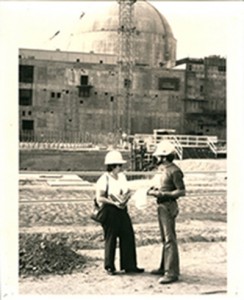
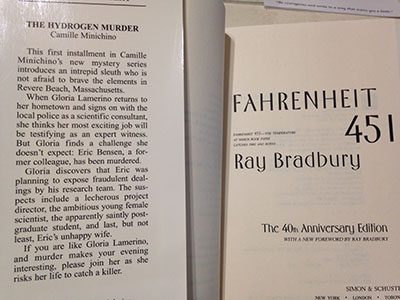



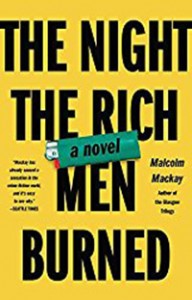



 Tags :
Tags : 